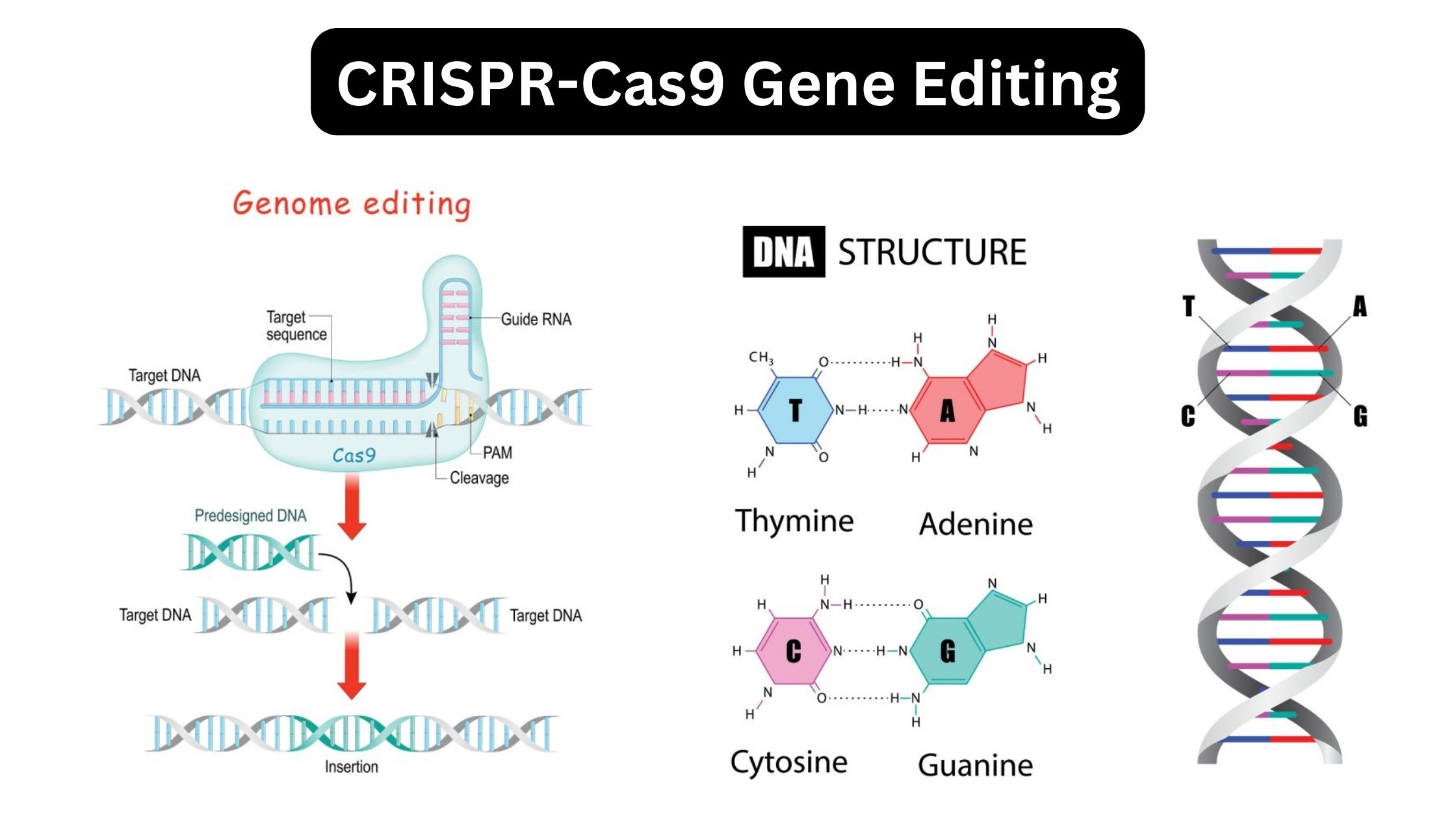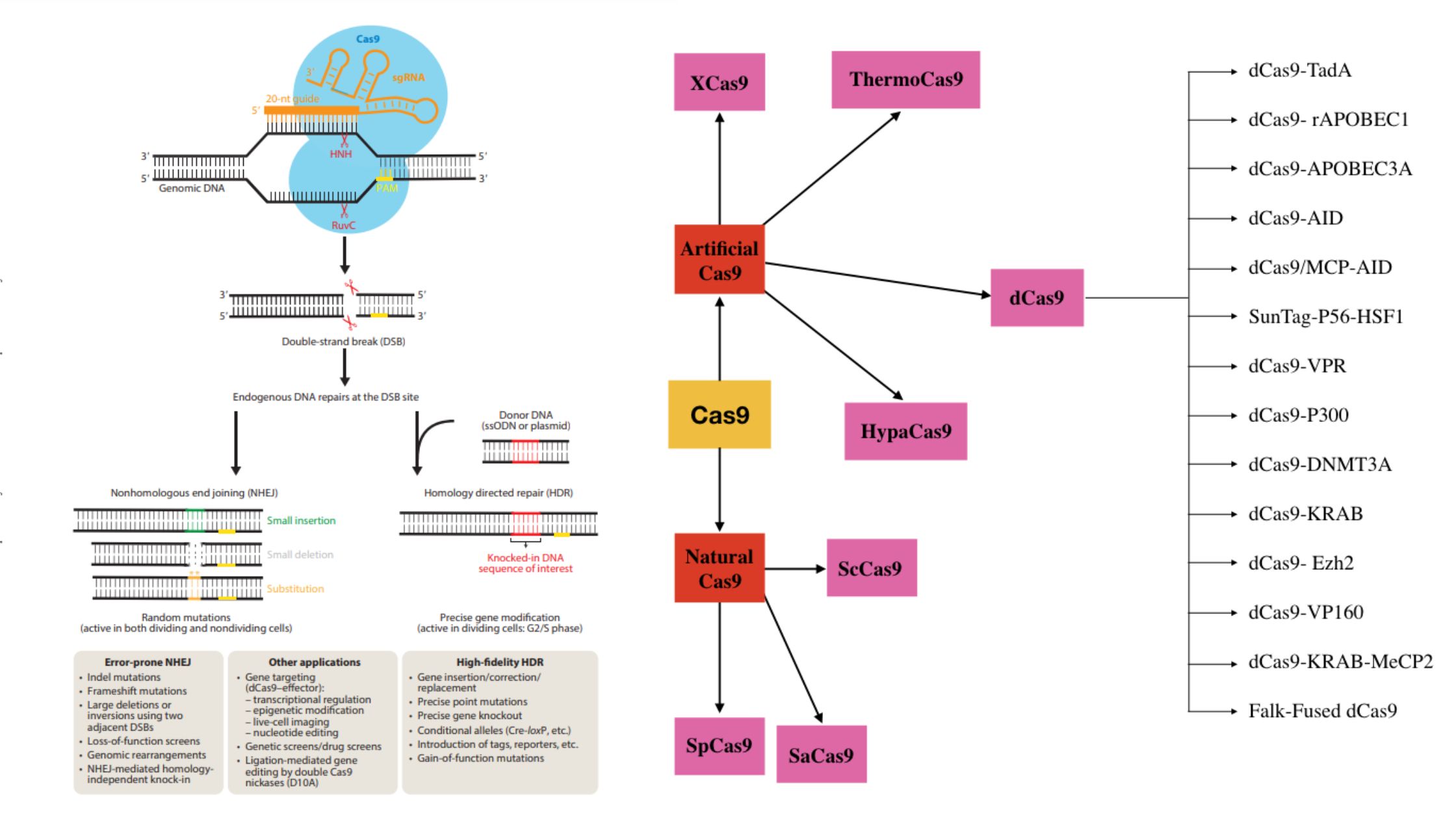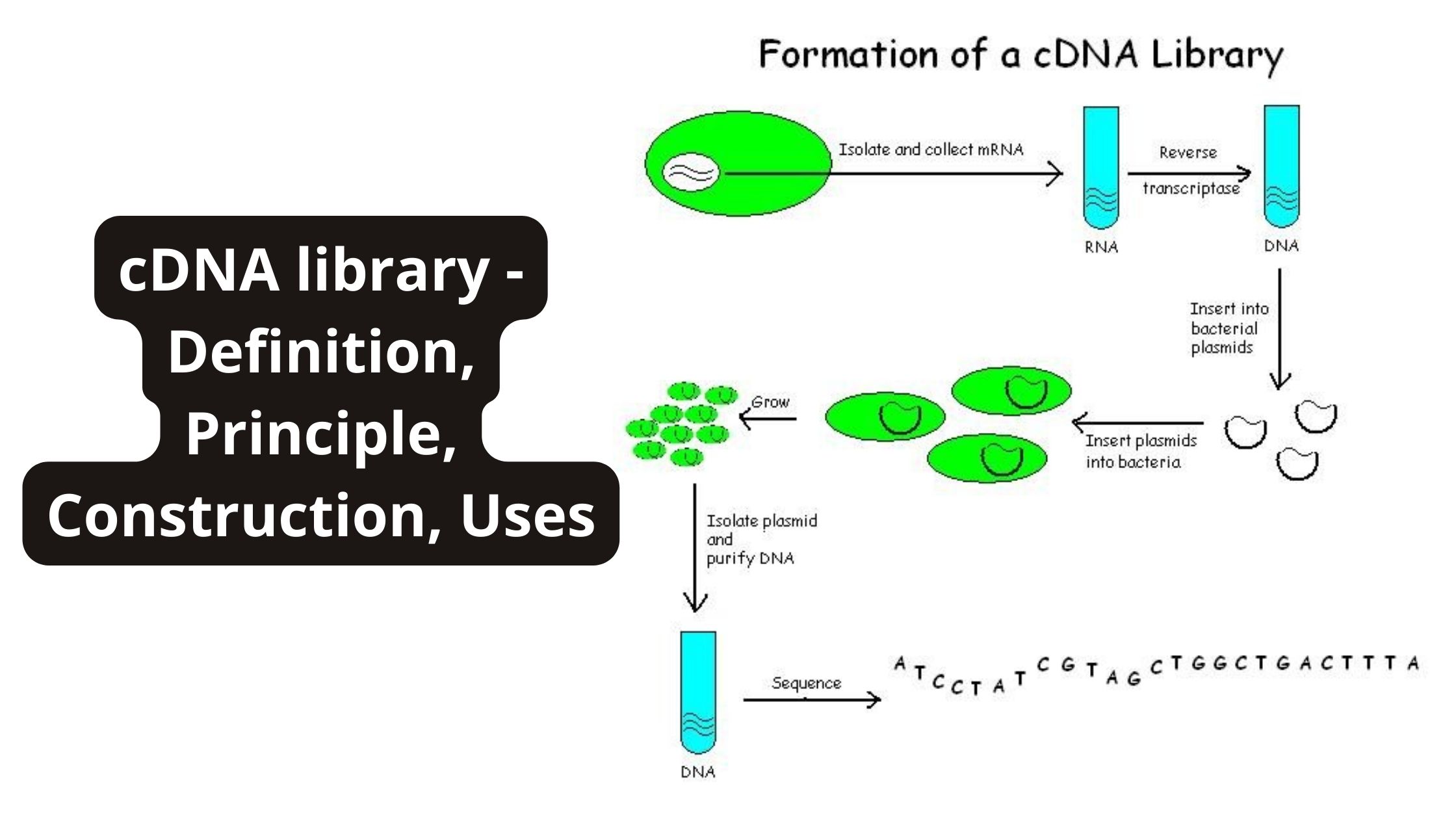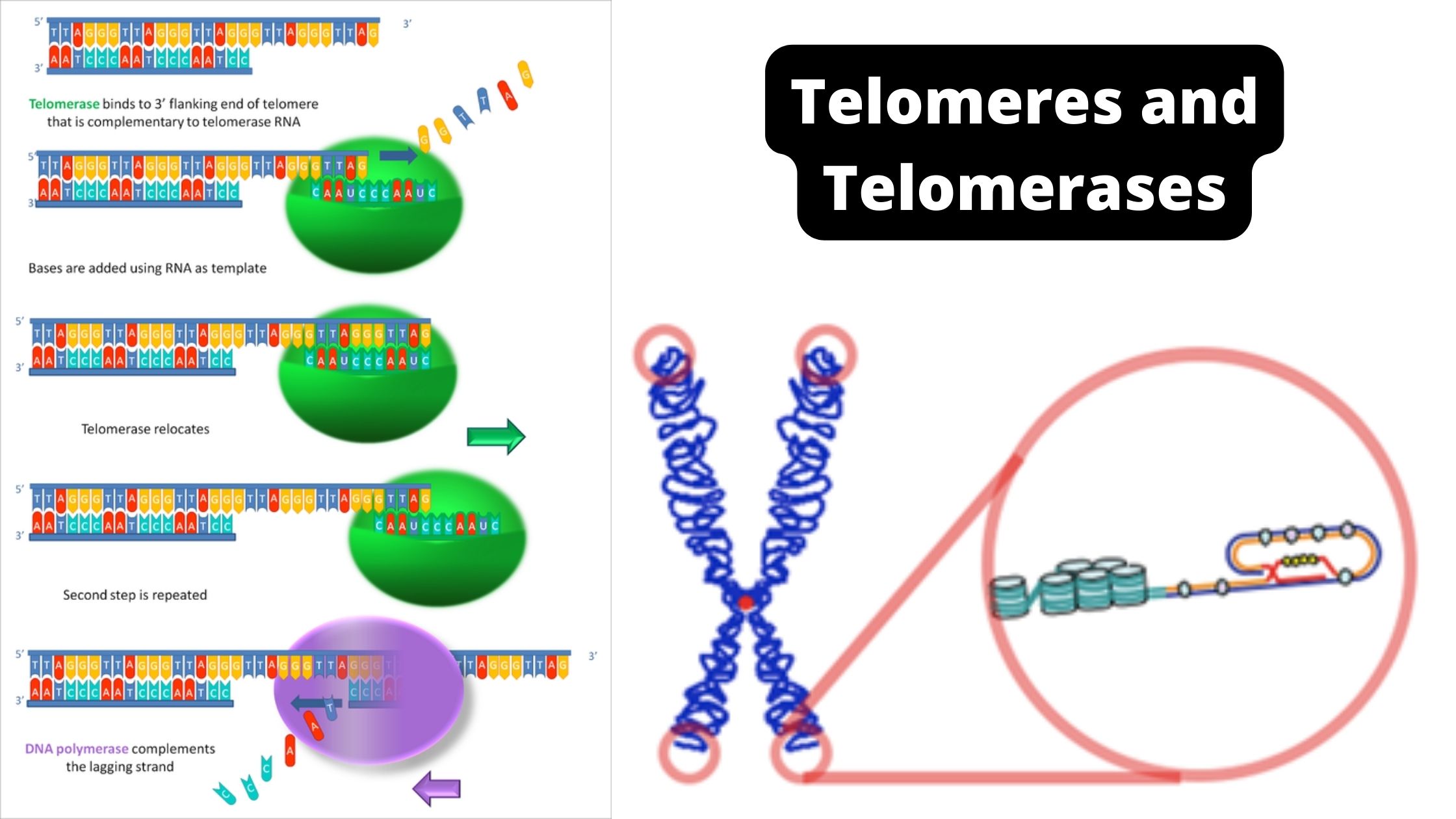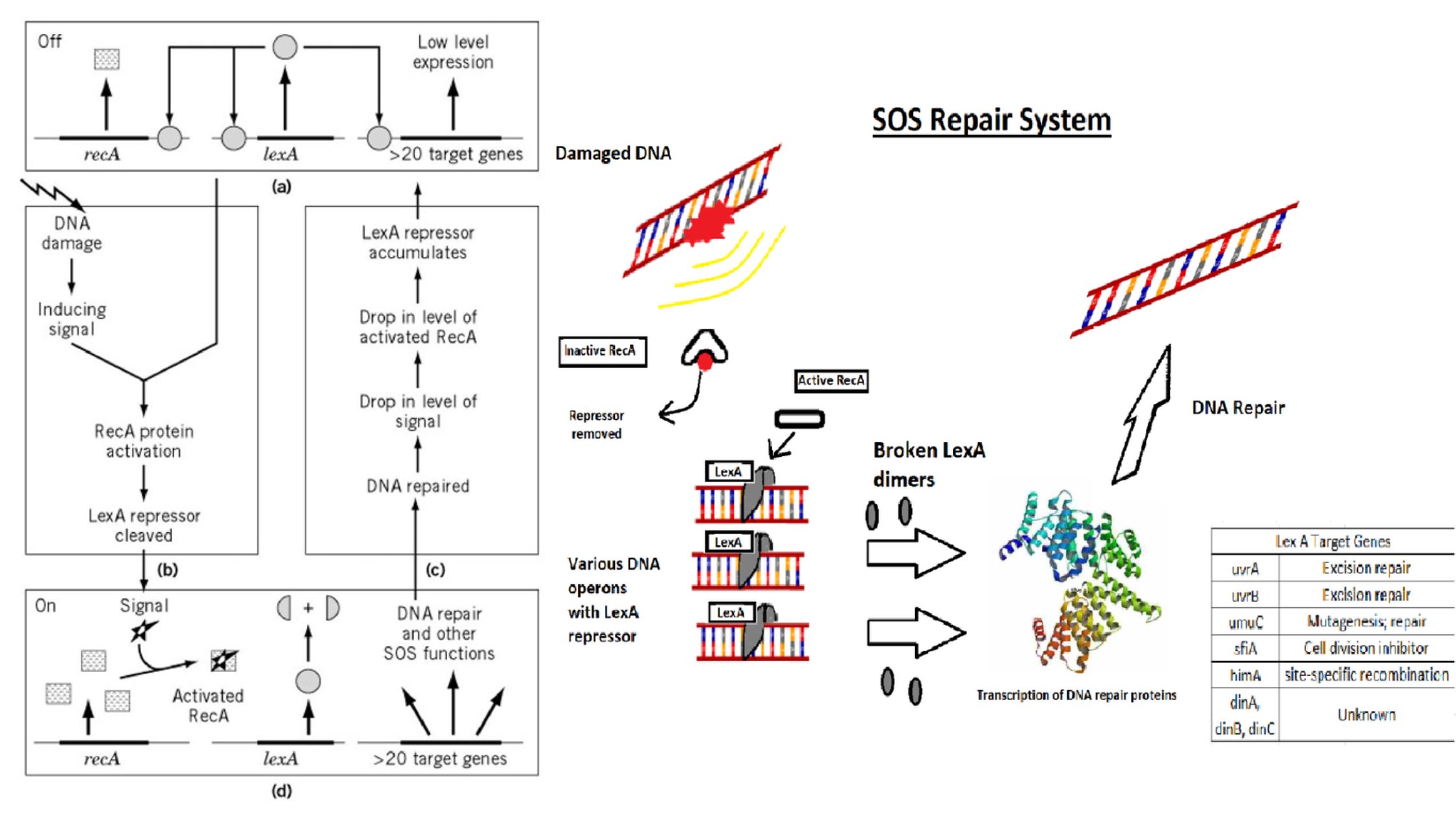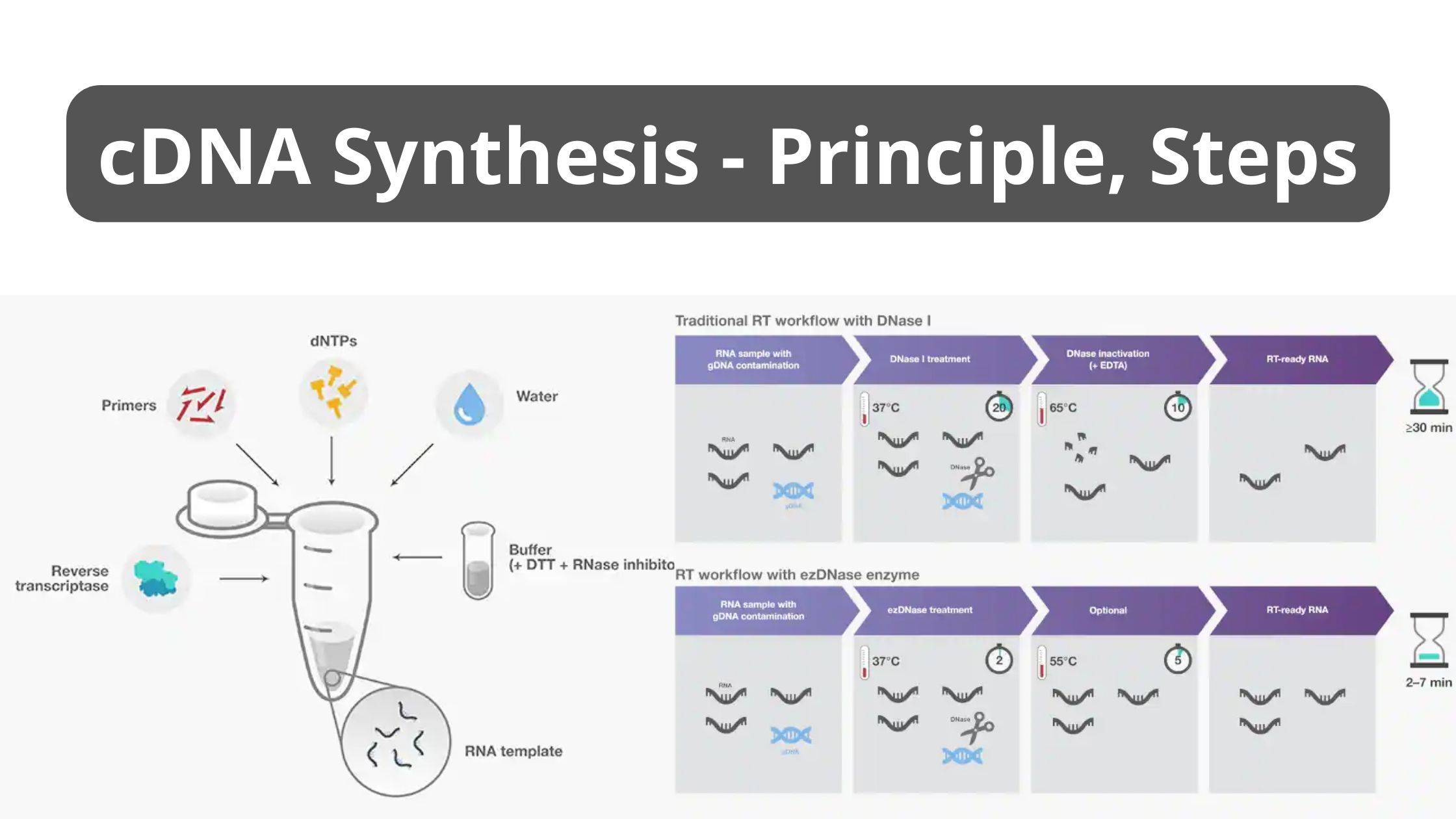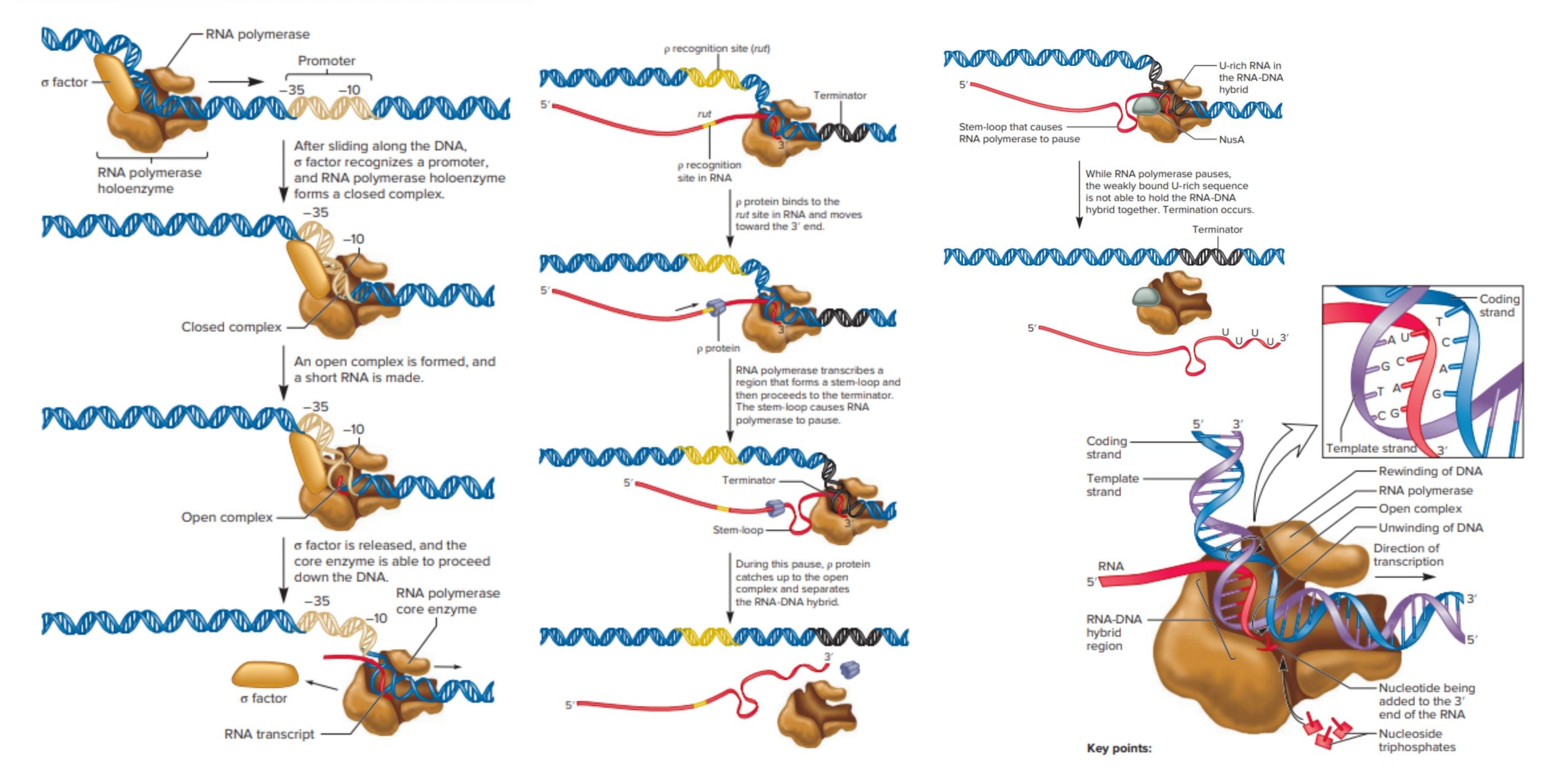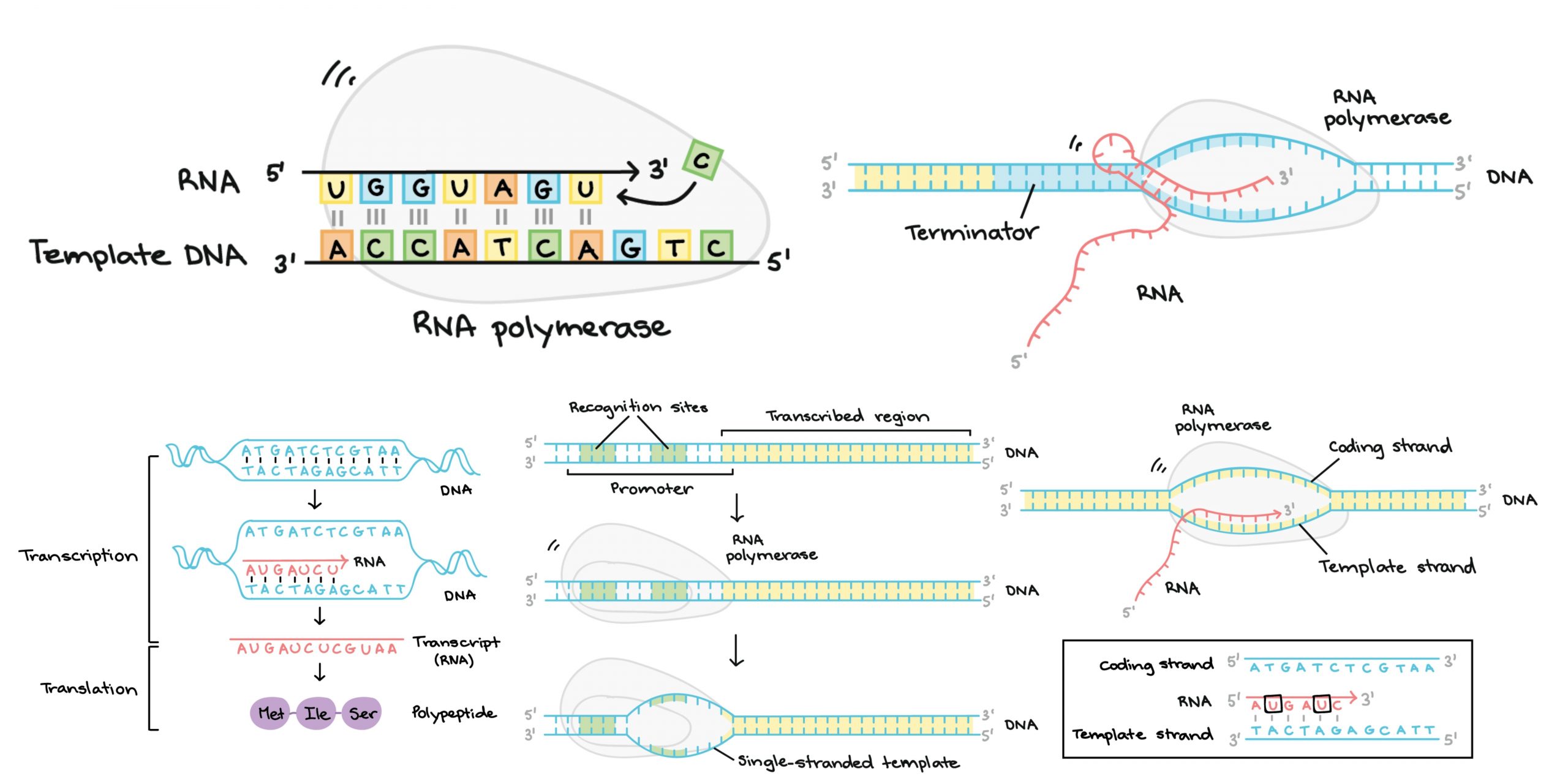CRISPR-Cas9 Gene Editing – Definition, Mechanism, Application
What is gene/genome editing? Gene or genome editing refers to the deliberate and precise modification of an organism’s genetic material. This advanced biotechnological process allows for the targeted alteration of DNA sequences within a genome, facilitating the correction of genetic anomalies or the introduction of specific traits. Historically, the concept of gene editing traces its … Read more
